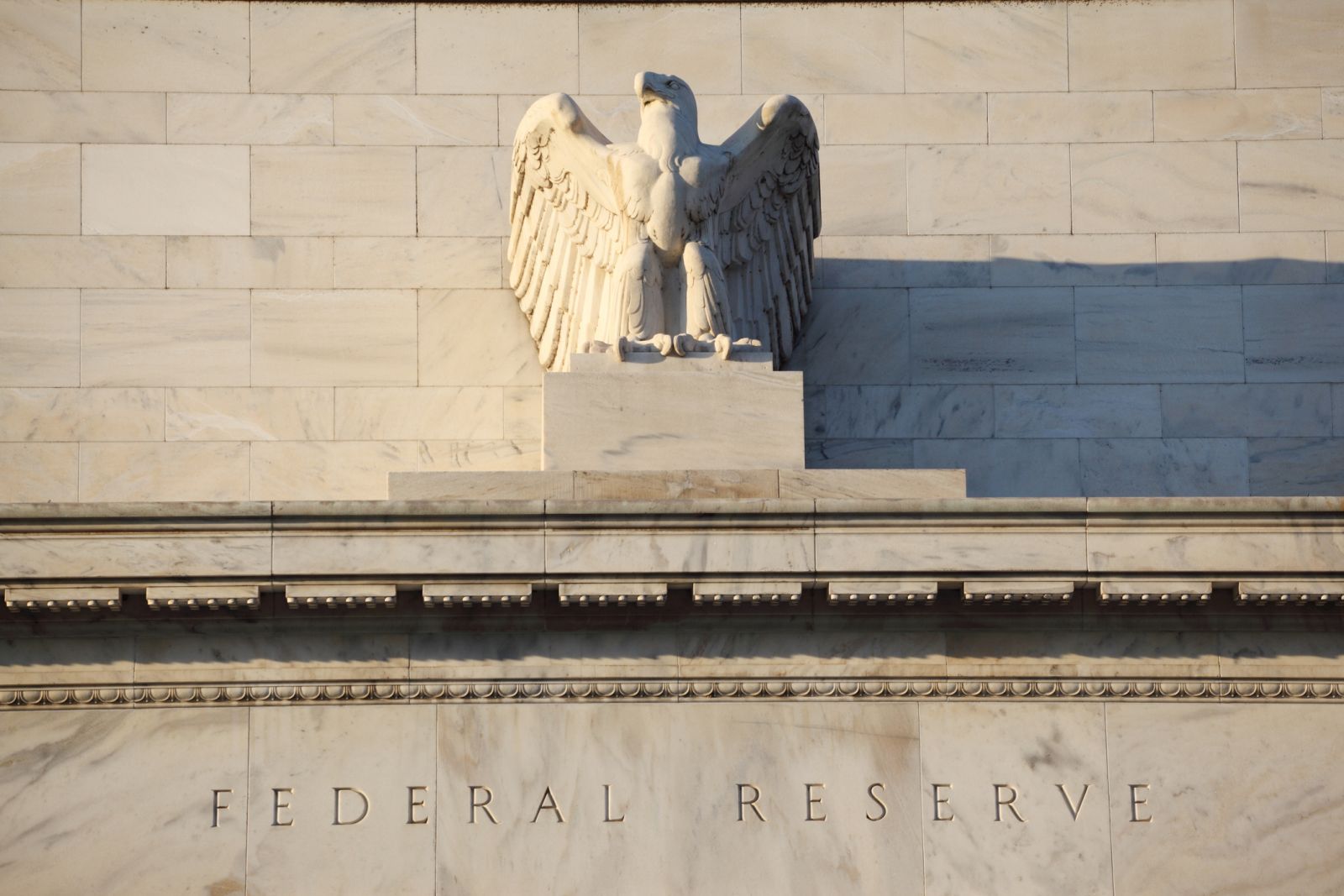2024 Interest Rate Outlook

Over the past three years, US interest rates have increased by the greatest amount in over 50 years, rising from near zero to over 5%. The first stage of the bull market in higher rates is now complete, indicating that over the next 12-18 months, interest rates will likely trade within a large range, with 5% on the high side and 2.50-3.50% on the low side. At the end of 2023, the market was pricing in 100-150 basis points (bps) of rate cuts for 2024, and almost two-thirds of institutional money managers expect interest rates to fall this year. This all seems reasonable as the economy continues to slow down—whether that's looking at ISM data or employment job growth. The question is: has the market gotten ahead of itself by pricing in too many Federal Reserve easings for 2024?
Chart 1 shows the Secured Overnight Financing Rate (SOFR) using the December 2024 future. SOFR replaced LIBOR last year as the benchmark for setting market interest rates. As you can see, the market has misjudged the Fed several times over the past year, as indicated by the sharp rallies in the documented circles. The current rally is highlighted by the last circle on the chart. The downtrend line is expected to provide strong resistance in the short term, potentially near 96.60, halting any further declines in rates.
Chart 1: SOFR--Secured Overnight Financing Rate (Dec 2024)
Data dependency will continue to be a key driver for central banks, potentially leading to increased market volatility. The VIX, which is currently trading below 13%, seems oblivious to this potential volatility, as it is near the lower end of its 25-year range (see Chart 2). Volatility is cheap – meaning a sharp reaction to negative data release could cause larger swings in the market on data event days.
Chart 2: CBOE S&P 500 Index Volatility
Chart 3 shows the 10-yr yield, with the clear breakout of the long-term trendline from the 1980 high. But as mentioned earlier, the first leg up in interest rates is now complete – indicated by the 5-wave count on Chart 2. This argues for a protracted period of sideways to downward movement in interest rates for the balance of 2024 and potential 2025. Yes, the corrective move could span multiple years, highlighting the challenge of analyzing 50-year charts: it takes time and patience.
There have been numerous comparisons with today’s market action and that from the 1970’s. [Article continues on Global Macro Playbook]
On the date of publication, Hedder did not have (either directly or indirectly) positions in any of the securities mentioned in this article. All information and data in this article is solely for informational purposes. For more information please view the Barchart Disclosure Policy here.

